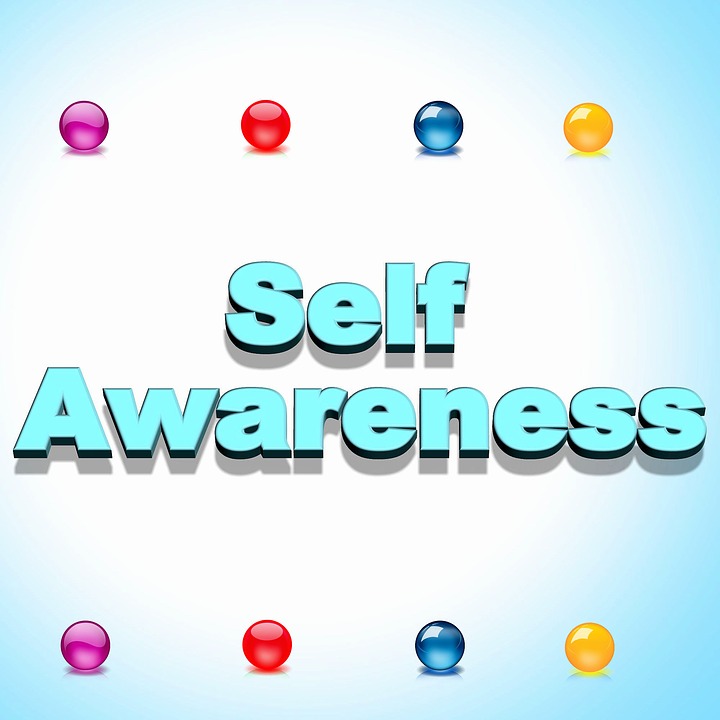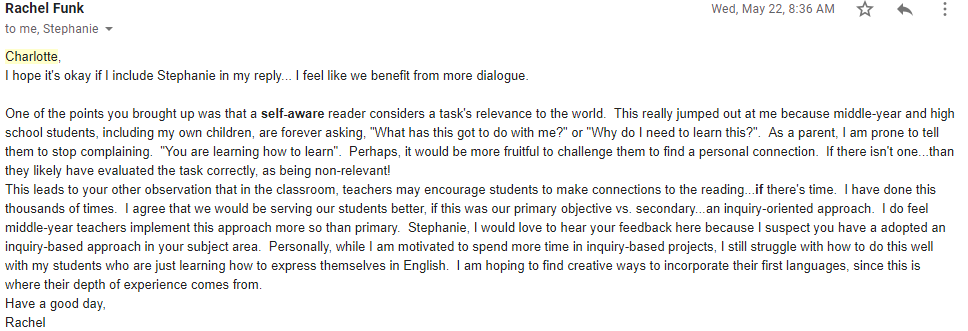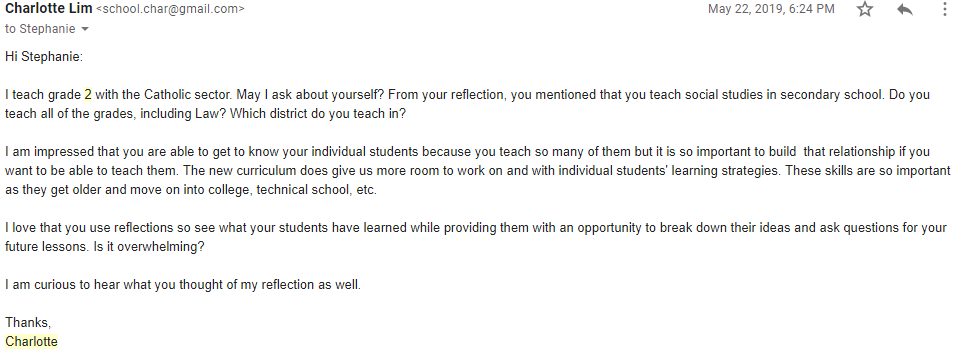Strategic and Contructivist Readers
Throughout my childhood, there was always a focus on “the notion of meta memory” which enabled me to read wide range of topics independently (Tierny, 2019, p. 2). It was not until my senior years in high school that I learned to become a self-aware reader which helped me with my university years of reading journal articles. This type of reading enabled me to critically analyze theories based on my previous learning and life experiences.
One of the focal aspects of primary education is developing literacy skills. Whenever possible, educators incorporate books into almost every subject, including mathematics to help students visualize and make sense of a new concept. This method of teaching engages students in their learning and in dialogue.
Prior to reading the article about the Strategic Reader, my only understanding of a reader’s “self-awareness” was learning about inferencing. Now, I know that my teachers went beyond that to teach us specific learning strategies, such as, “the ability to judge and read a task or situation, to bring strategies to the task to address the task and its specific features, to adapt to circumstances, monitor and judge progress, and consider a task’s relevance to one’s world” (Tierny, 2019, p. 2-3).
Currently, within the classroom, teachers like me are attempting the bridge the gap between “meta memory” and “self-awareness” so that students are not merely reading material for content purposes but are also learning to read between the lines and reflect on their work. The goal is to teach students to think for themselves as it relates to their own life experiences. Independence and the freedom to enjoy reading is born from students being able to, like the Constructivist Reader indicates, access their background knowledge to derive meaning instead of spewing out answers that they assume the teacher is looking for (Tierny, 2019).
Many teachers are expected to use specific graded readers in their class as it is used to teach explicit vocabulary and is a form of required assessment for reporting purposes. These readers are accompanied by a teacher’s guide that contains prepared questions and answers. While some of these questions are open-ended, majority of them require students to regurgitate answers from the reading as a form of testing comprehension. I try to insert questions that enable to students to connect to the reading but as a result of time constraints, it often is pursed as a secondary objective. Upon reading the “Strategic Reader,” I realized that this should be an essential aspect of my teaching to develop students’ metacognitive skills. When they are able to connect to and question their reading, they are no longer with passive readers but actively engage with and “critically reflecting on the ideas, approach, and ability” (Tierny, 2019, p. 3).
Based on the Strategic Reader article, I agree that student focused reading is lacking as it seems like a new concept. While these strategies are currently being discussed within education and professional development programs, there are not enough resources set in place to help teachers navigate through this from of teaching. Beyond teaching students to read from a strategic point of view, I am uncertain about how to integrate constructivism theory into lessons where I am provided with readers and specific questions. I would like to know how to delve deeper into a more constructivist method of teaching to divine potential strategies that integrates personal and cultural knowledge in relation to the presented content to help students make sense of their learning. I am also curious if there are supports already set in place for teachers and if there is current research being conducted in these areas. If so, I would like to learn about such details as the research locale, socio-economic context, grade levels, sample sizes and other demographic variables that were studied, and if any replication studies were conducted.
As I read these articles, I reflected on my novel study lessons and realized that I tend to focus on printing and comprehension skills without considering the personal connections to their reading. Perhaps an alternative approach to requesting mere summarization of the reading content, I should be to asking students to express their learning by making predications and fleshing out their thought processes which provide the background context in which they understand the story. This will then offer a platform for the development of questions for further research. I foresee this taking a life of its own as inquiry lessons that can easily develop from these methodologies.
Responses





